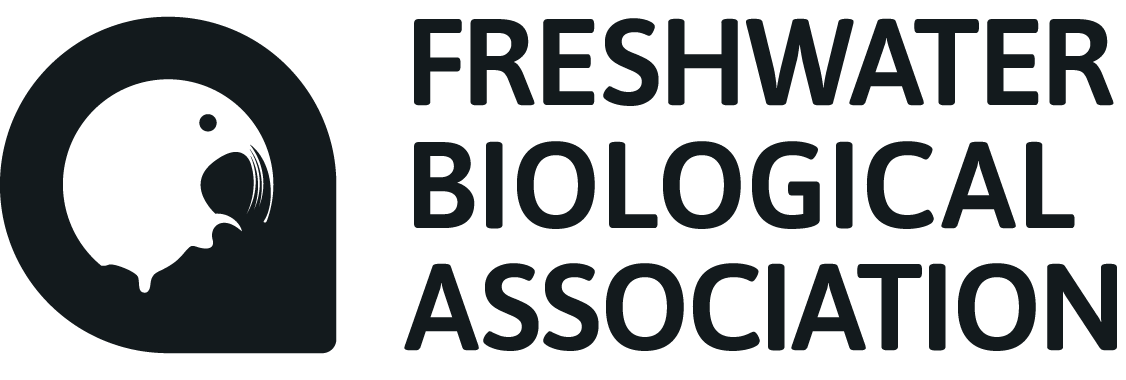Hot weather triggers algal blooms in Windermere
The recent hot, dry spell in the Lake District has warmed the National Park’s lakes bringing on the expected return of algal blooms in several water bodies, including Windermere.
The recent hot, dry spell in the Lake District has warmed the National Park’s lakes bringing on the expected return of algal blooms in several water bodies, including Windermere.
While the blooms are not always harmful, certain types of algae can release toxins, so it’s important that visitors and lake users take steps to stay safe during their time in the water this summer.
What are blue-green algae?
Blue-green algae (cyanobacteria) are naturally occurring. They can be found throughout the year in lakes, rivers and oceans worldwide, and have been present in Windermere since at least the end of the 1800s.
They are usually present in low levels but, under certain conditions, they can form dense blooms that result in obvious discolouration of the lake water, often green or blue-green, and form surface ‘scums’ or ‘slicks’.
Lake users are encouraged to look out for information on the lake shores of affected areas.
Why are there algal blooms on Windermere?
High nutrient concentrations support large cyanobacterial blooms. Phosphorus is a key nutrient for algae and can enter Windermere from multiple sources. These include wastewater from treatment works, combined sewer overflows and septic tanks, runoff from land surrounding the lake including agricultural land, and release from sediment at the lakebed.
The discolouration of the lake water and the surface scums or slicks produced by a blue-green algal bloom can be unsightly, especially where buoyant species are concentrated by the wind into sheltered shores or bays. However, these large accumulations normally disperse when the wind changes direction. Buoyant blue-green algae have an advantage over other groups of algae, particularly when the lake “stratifies” into an upper warm layer and a lower cool layer, as occurs in many lakes during the summer, including Windermere.
Dr Lynsey Harper of the Freshwater Biological Association, commented, “Some species of cyanobacteria can produce toxins that are hazardous to humans and animals who are in contact with water. Not all species of cyanobacteria produce toxins and a given species may not produce toxins all of the time.”
“However, it is not possible to say whether a cyanobacterial bloom on Windermere is producing toxins without detailed laboratory analysis. Therefore, as a precautionary measure, it is recommended to stay out of the water, and to keep pets out of the water, if a cyanobacterial bloom is present and especially in shore areas and bays where scums or slicks have formed on the surface of the water”.
Climate change is affecting the lake:
Climate change is likely to influence the frequency and intensity of cyanobacterial blooms across the world in the future.
The average annual surface water temperature of Windermere has increased by approximately 1.7 degrees Celsius over the past 70 years based on monitoring data from the UK Centre for Ecology & Hydrology (UKCEH).
A warmer lake is likely to favour the formation of cyanobacterial blooms in the future. Work at national and international levels to limit future climate change and associated increases in water temperatures at Windermere will help to limit future cyanobacterial blooms.
Love Windermere and local action
Locally, reducing the concentration of phosphorus and nitrogen in Windermere will also help to reduce the frequency and intensity of cyanobacterial blooms.
Long-term data collected by UKCEH show substantial reductions in the concentration of nutrients within Windermere since the early 1990s, largely due to reduced inputs from wastewater treatment works. However, this has not been sufficient to offset the faster growth of cyanobacteria triggered by climate change and so further nutrient reductions will be required to limit the frequency of future cyanobacterial blooms.
This will require action and investment to reduce nutrient inputs to the lake from each significant source, including both wastewater and runoff from land in the catchment.
Report your blue-green algae sightings
For further information about blue-green algae, including tracking where blooms occur and being able to report sightings, please visit the UKCEH Bloomin’ Algae app.
Further reading
The Freshwater Biological Association publishes a wide range of books and offers a number of courses throughout the year. Check out our shop here.
Get involved
Our scientific research builds a community of action, bringing people and organisations together to deliver the urgent action needed to protect freshwaters. Join us in protecting freshwater environments now and for the future.










